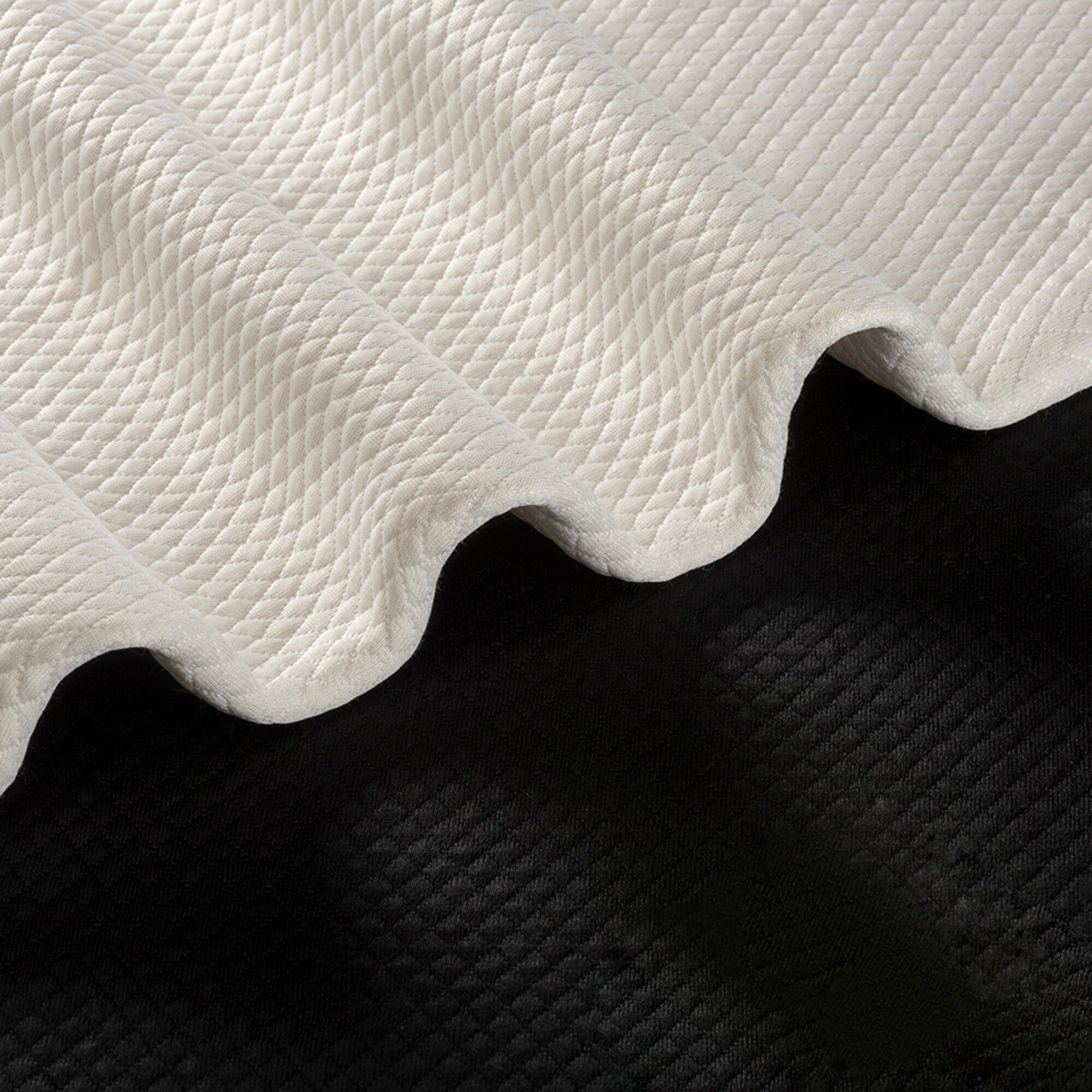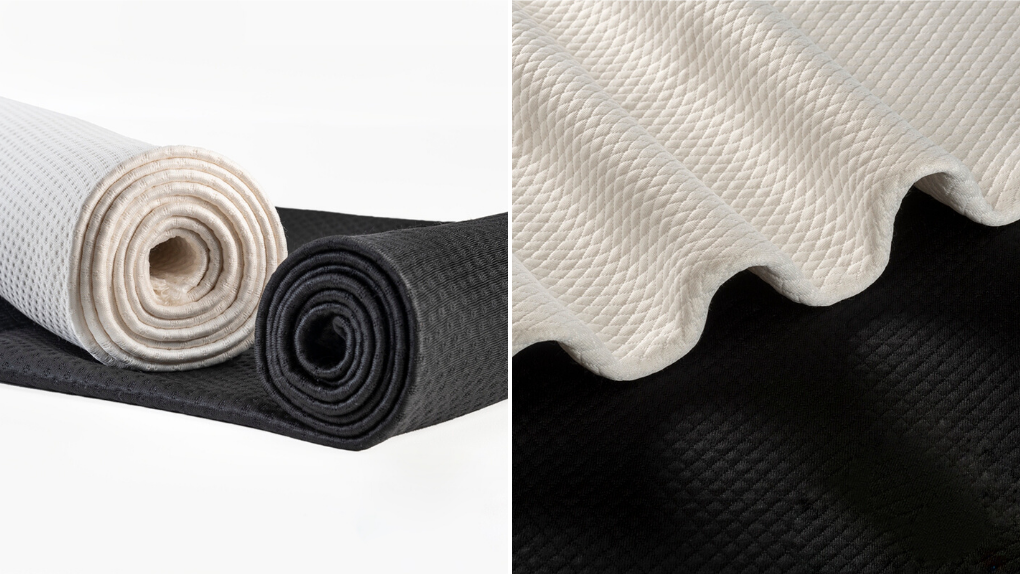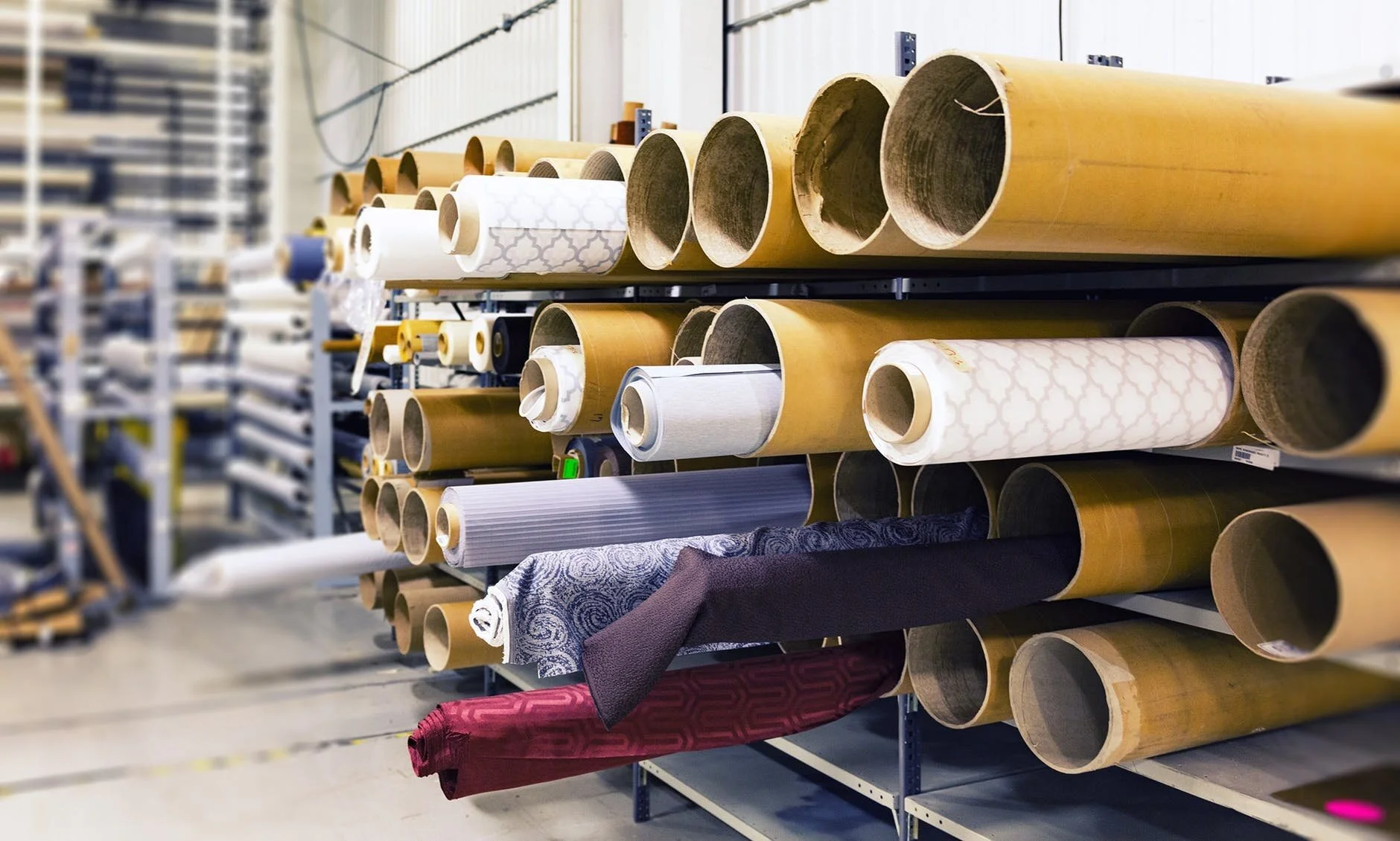Which incontinence product is more environmentally sustainable – cloth or disposable? While cloth might seem like the obvious choice, the answer is a bit complicated. I discovered just how complicated when I started doing a little research. I was sure a few hours of internet searching, a phone call to my local recycling center and an online sustainability seminar or two would make this an easy blog to write. I’d confirm my own bias and declare cloth victorious. Not so fast.
Let’s take a look at sustainability in the fashion industry (“fashion” includes cloth incontinence underwear). Here are some sobering stats from a 2019 United Nations report (1). The fashion industry is the second most polluting industry in the world (behind fuel) producing 20% of global wastewater and 8% of global greenhouse gas emissions. What’s more:
· 2,000 gallons of water are needed to make one pair of jeans
· 93 billion cubic meters of water, enough for 5 million people to survive, is used by the fashion industry every year
· Every second, the equivalent of one garbage truck of textiles is landfilled or burned
· Clothing production doubled between 2000 and 2014
· The average person is buying 60% more items of clothing than they did 15 years ago but keeping them half as long.
Not only are consumers in the US buying more than we used to, we tend to toss our unwanted clothing directly into the trash where it ends up clogging landfills to the tune of 8.9 million tons, or 80 pounds per person, per year (2). Clothing takes about 20 – 200 years to decompose depending on landfill conditions and fabric composition. Clothing made from a higher percentage of petroleum-based fibers takes longer than, say, organic cotton. To top it off, decomposing clothes produce methane – a significant contributor to greenhouse gasses.
8.9 million tons of clothing/footwear plus 3.3 million tons of disposable incontinence products/diapers are tossed in USA landfills each year. Yuck.
Okay, what about the environmental impact of disposable products? It’s hard to find apples-to-apples comparisons of adult incontinence products since most studies have been done on infant diapers. That said, according to the EPA, 3.3 million tons of disposable diapers and incontinence products end up in landfills each year. Most are made from wood pulp, plastic and gel. It takes 250 – 500 years for them to decompose – about twice as long as cloth.
The arguments in favor of disposable products center on relatively lower energy and water resource utilization because, obviously, you don’t use hot water to wash disposables when you’re done wearing them like you do with cloth. Other arguments point to newer products made from sustainably sourced raw materials offering fewer harsh chemicals and other improvements designed to make disposables more attractive. The jury is still out in terms of how well these products decompose in landfill, which is where they are all heading, green or not.
We’ve all seen the TV ads advising us to reduce, reuse and recycle. When it comes to disposables, our best option is to reduce consumption. Although it is technologically possible to recycle disposables, it is not yet commercially feasible. Reuse, of course, is out of the question.
Reduce, Reuse, Recycle!
Here’s the good news. When it comes to clothing, we can do all three. Reduce means buying fewer clothes and wearing them longer. Did you know that by doubling the time we use each item of clothing, we halve the industry’s greenhouse gas emissions? Reuse means donating unwanted clothes rather than tossing them. Recycle can mean upcycling, donating or taking our old clothes to a local textile recycling center.
Next time you clean out your closet, find a used clothing drop off location for your unwanted clothes. Your donated clothing will find a second life on the shelf of a local thrift store. According to the Savers website (3), most items that don’t sell in their stores are not doomed to landfill. They might be donated to local charity (60%), upcycled or downcycled into reusable products (20%), turned into post-consumer textile fibers (15%) or, finally, landfill (5%). That’s making a difference!
Wait – what about underwear? Clothing recycling centers and donation drop boxes don’t accept them, right? We asked EcoCycle, our local recycling center, if they will accept Prickly Pear products, explaining that urine absorption is part of garment functionality. To our great joy, they will. The only caveat is that our used products must be washed before they’re donated. When Prickly Pear is up and running, we plan to have a take-back policy so you can send your used Pricklys back to us if you can’t find a local donation box. We will coordinate with EcoCycle to take it from there.
A box of used clothing, heading to a thrift store near you!
Increasingly, the fashion industry is embracing the notion of sustainability. Go to any fashion or sourcing Expo these days and you will have your choice of seminars to attend. A virtual session on Sustainability in Textiles (4) recently offered by Outdoor Retailer talked about sustainability across the entire spectrum from the manufacture of fibers to fabric construction, materials added (zippers, buttons), ease of garment deconstruction (to facilitate recycling of components), coloration and dyes. Then there are packaging, power source, transportation and ethical workplace considerations. It all matters.
Some companies are in the early stages of regulatory compliance and risk management, others are moving toward carbon footprint management, green messaging and marketing through product innovation tied to sustainability (this is where Prickly Pear sits right now). The most advanced aim to transform the industry, viewing business decisions through a sustainability lens (think Patagonia and Unifi.) Finally, claims of sustainability must be authentic and traceable. It’s one thing to say a product is “green”, it’s another to show exactly what that means.
In the end, cloth is the greener choice, but only if we buy less, wear longer, and give our clothes an extended life through donation. We encourage you to go forth, wear Prickly Pear, and donate or send em’ back when you’re done.
(1) https://news.un.org/en/story/2019/03/1035161
(3) https://www.savers.com/sites/default/files/community_impact_report_2018-savers.pdf
(4) https://event.webcasts.com/starthere.jsp?ei=1328261&tp_key=5572f6208e










